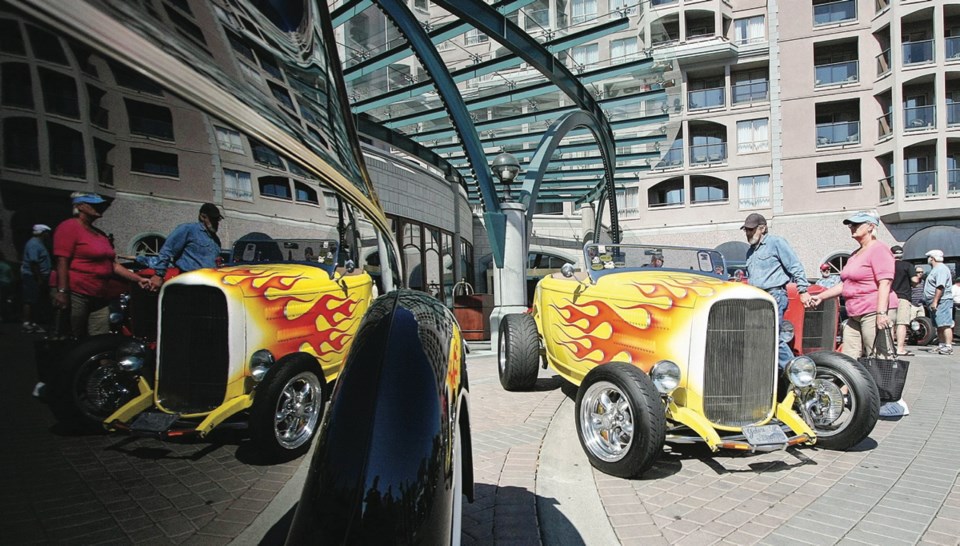What is a Deuce and what makes it so popular?
The name Deuce, which stands for deux — French for two — is a reference to the 1932 Ford coupe.
Deuces started off as hotrods, vehicles typically from the 1930s modified for greater speed. The genre originated in the period after the Second World War and continued into the 1960s on a large scale.
Hot rods were part of the cruising and rock ’n’ roll generation that came of age in the early 1960s. Musicians sang about the phenomenon — Little Deuce Coupe was a 1963 hit for the Beach Boys.
Later, Hollywood encapsulated the era in the 1973 film American Graffiti.
A Deuce typically refers to a 1932 to 1934 Ford. Roadsters and coupes (both three or five window) are the most sought-after body styles.
The Ford coupe was a popular car to modify into a hotrod at that time, because they were cheap and plentiful to buy after the war.
While the competition still offered wooden bodies with steel panels attached, the ’32 Ford offered consumers a reinforced steel body. These bodies held up better than wood, which meant many of them were still around by the time young men returned from the war.
1932 was also the first year Ford offered a flathead V-8 engine in a mass-market vehicle. These engines were simple to work on and were easily hopped up to provide as much power as a young man could afford.
To lighten their cars, many early racers would remove the fenders, running boards and engine cowlings.
To everybody’s surprise, the nearly naked cars looked good with their styled frame rails showing.
A whole industry sprang up to cater to the need for speed, such as cylinder heads from Vic Edelbrock and Offenhauser.
As the supply of original bodies dried up over the years, hotrod enthusiasts have tended to replace the originals with reproduction pieces made of fibreglass.
That has generated a cottage industry for some individuals, such as Victoria’s Al Clark, who has spent more than 25 years building chassis and complete cars out of his Fairfield workshop for customers worldwide.
Today’s Deuces have become less about speed and performance than an expression of vision and personal taste. No two cars are alike.
Though many are very fast, hotrods have become Street Rods, where style and individuality are more important than raw power.
There is also a sub-category — or a separate category, depending on who you ask — called a Rat Rod. The owner of a Rat Rod isn’t there for show quality. Their rides have a more unfinished appearance, which can include faded paint and a hodge-podge of parts.
As far as styling, the 1932 Ford makes the quintessential hotrod because it was the last year of vertical grills, tops and doors. Even the next year featured more laid-back grills and windshields, clamshell-like body styling and more streamlined styling.
Vehicles also started to get larger after 1932 — and size and weight are a racer’s enemy.
The 1932 Ford endured because it was smaller, lighter, easier to modify and most importantly, plentiful and inexpensive.
Their young owners became the nucleus of a growing demographic in the ’50s and ’60s and eventually a part of American history and culture.



